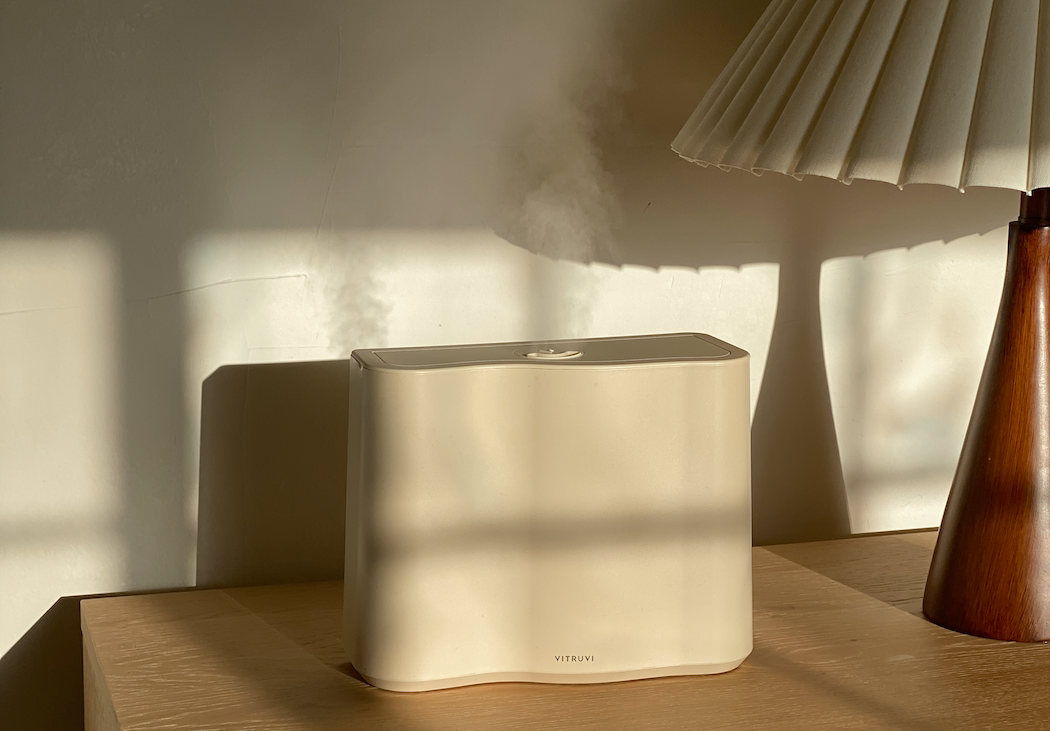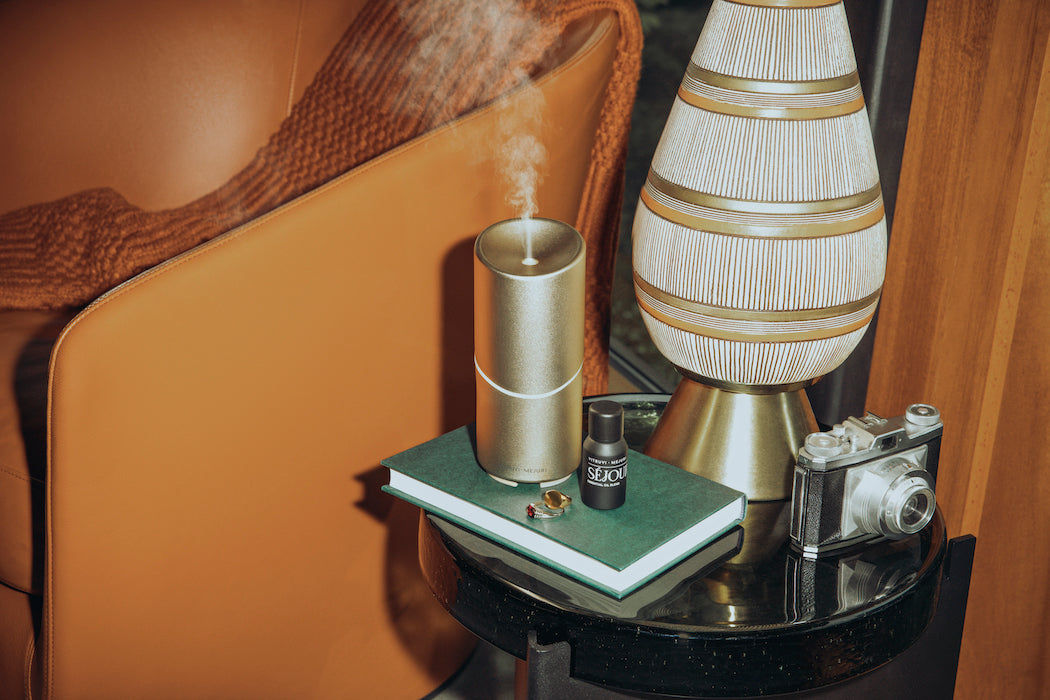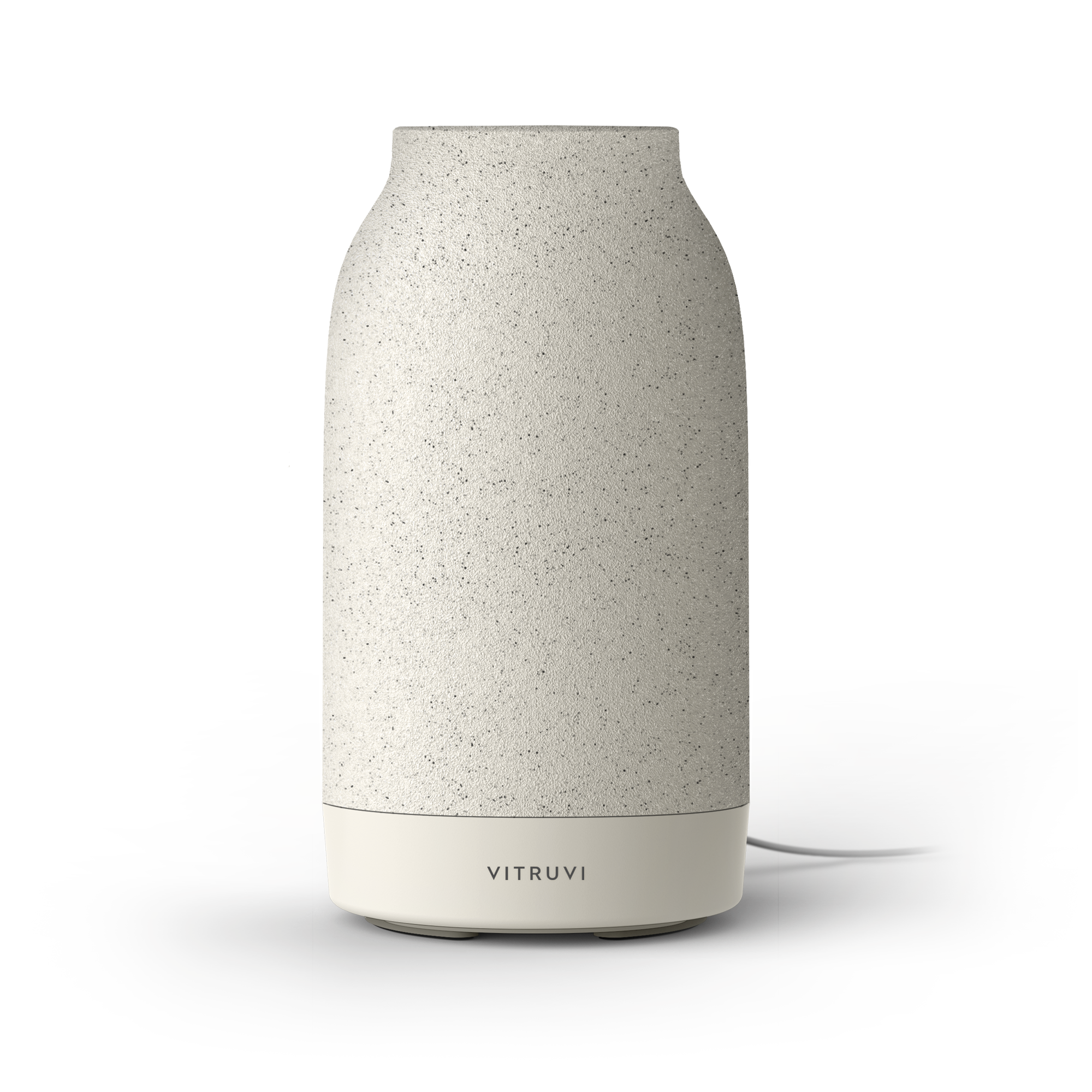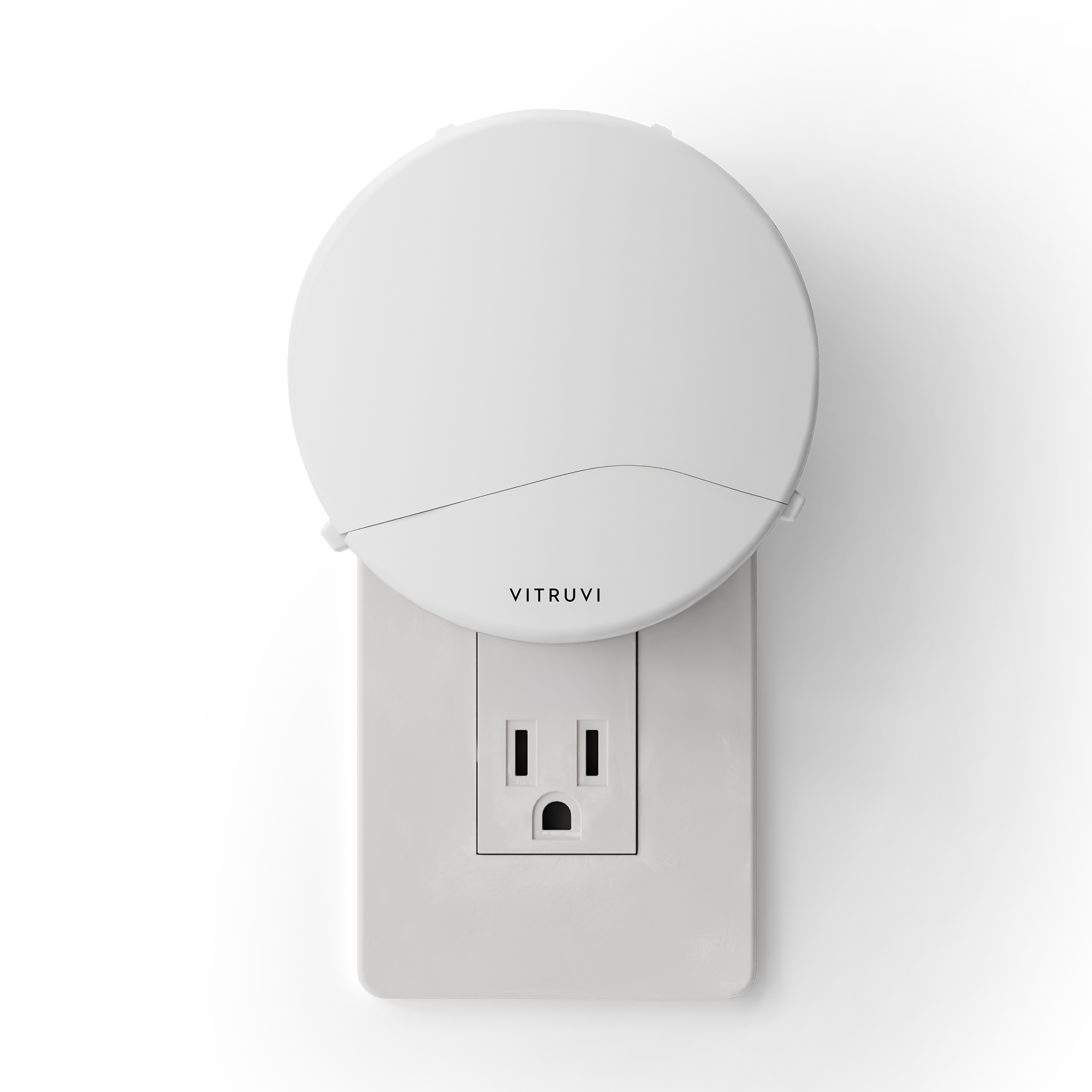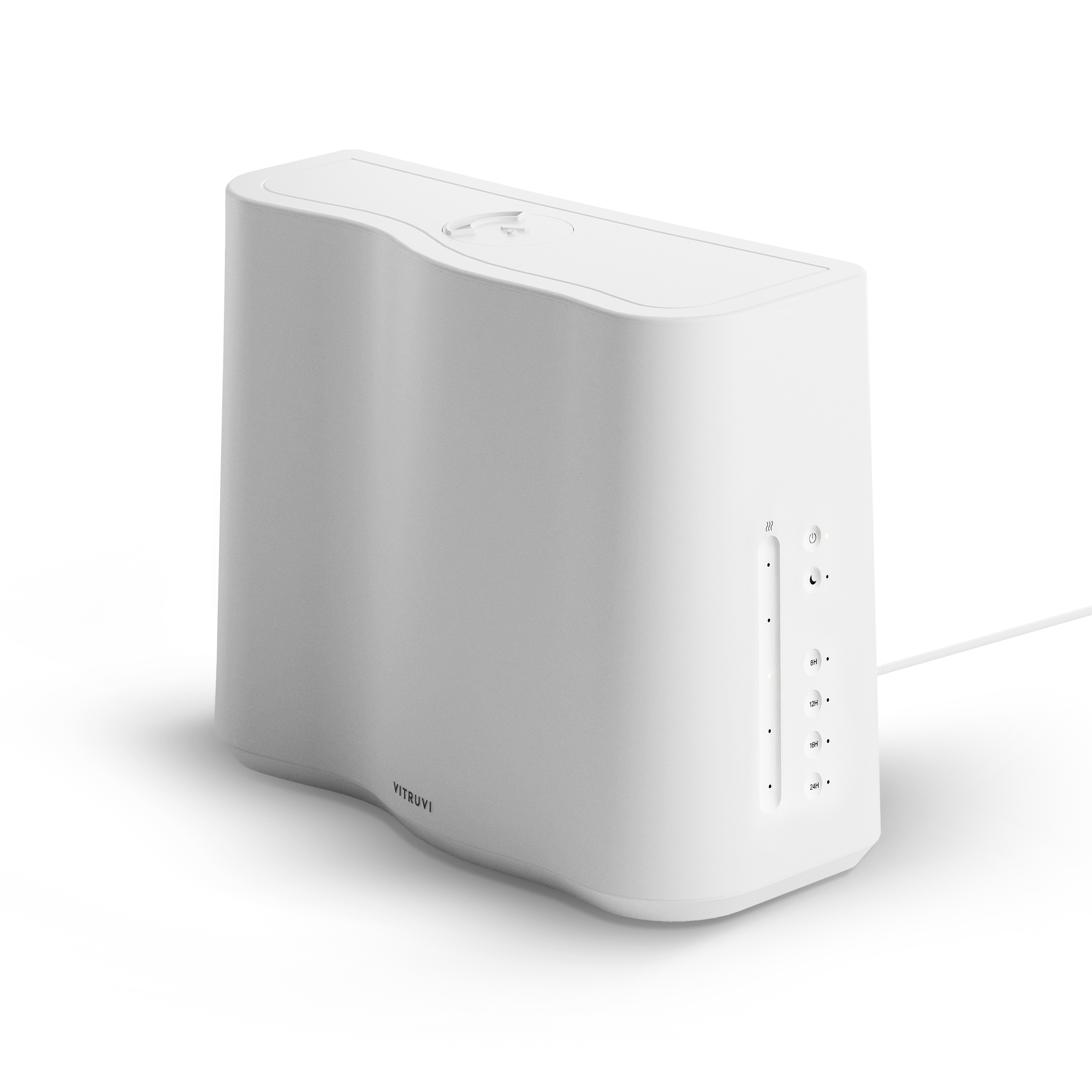If you’ve spent any time reading about the clean-ification of personal care products, you’ve probably come across discussion about the endocrine system and its potential disruptors.
It can seem confusing, overwhelming, and scary—so let us help break it down.
What is the endocrine system?
To put it simply, the endocrine system is the body’s network of glands that produce hormones. This includes (but is not limited to) the thyroid, ovaries, testes, and pancreas. Because they give our bodies their hormones, these glands are responsible for a number of important functions, including behavior, growth, maturation, and reproduction.
What are endocrine disruptors?
Endocrine disruptors are chemicals (they can be both natural and synthetic) that have the potential to interfere with our endocrine system. They do this by mimicking our body’s hormones (causing us to under- or over-produce them), or by blocking their production altogether.
Should I be worried about endocrine disruptors?
First thing’s first: don’t panic. While research has shown that endocrine disruptors have negative effects on animals, little has been conducted to demonstrate their potential problems for humans specifically. So, be wary of products and websites that lead with fear; science will continue to guide us. Still, if you’d like to curb your exposure to endocrine-disrupting chemicals, the National Resources Defense Council lists some easy tips, including washing your hands and filtering your water.
Common endocrine disruptors
Endocrine disruptors can be found in many common household products. BPA (found in many plastics), phthalates (found in many beauty products), and phytoestrogens (found in processed foods like soy milk) are some that are encountered frequently. See a fuller list from the Canadian Center for Occupational Health and Safety here.
At the end of the day, you get to decide what’s best for your body—hormones and all.




